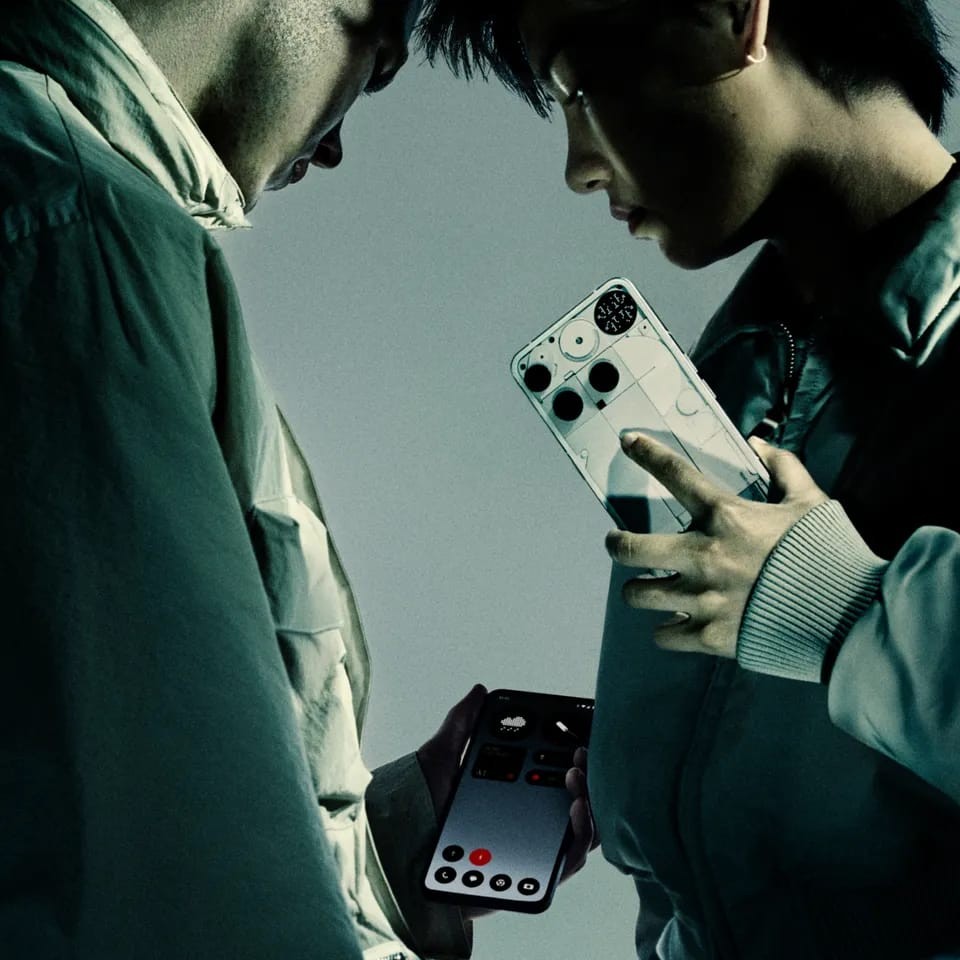
Three years ago, I was fortunate enough to review the Nothing Phone 1. If you haven’t seen it, I’ll share it here: https://community.heyupnow.com/d/328-nothing-phone-1-the-hype
With its first phone, Nothing already teased a new design for its devices, creating a rear panel that caught the eye with its Glyph lights. Now, three years later, I have the pleasure of bringing my review of the Nothing Phone 3 to the community.
NOTHING PHONE 3 SPECIFICATIONS
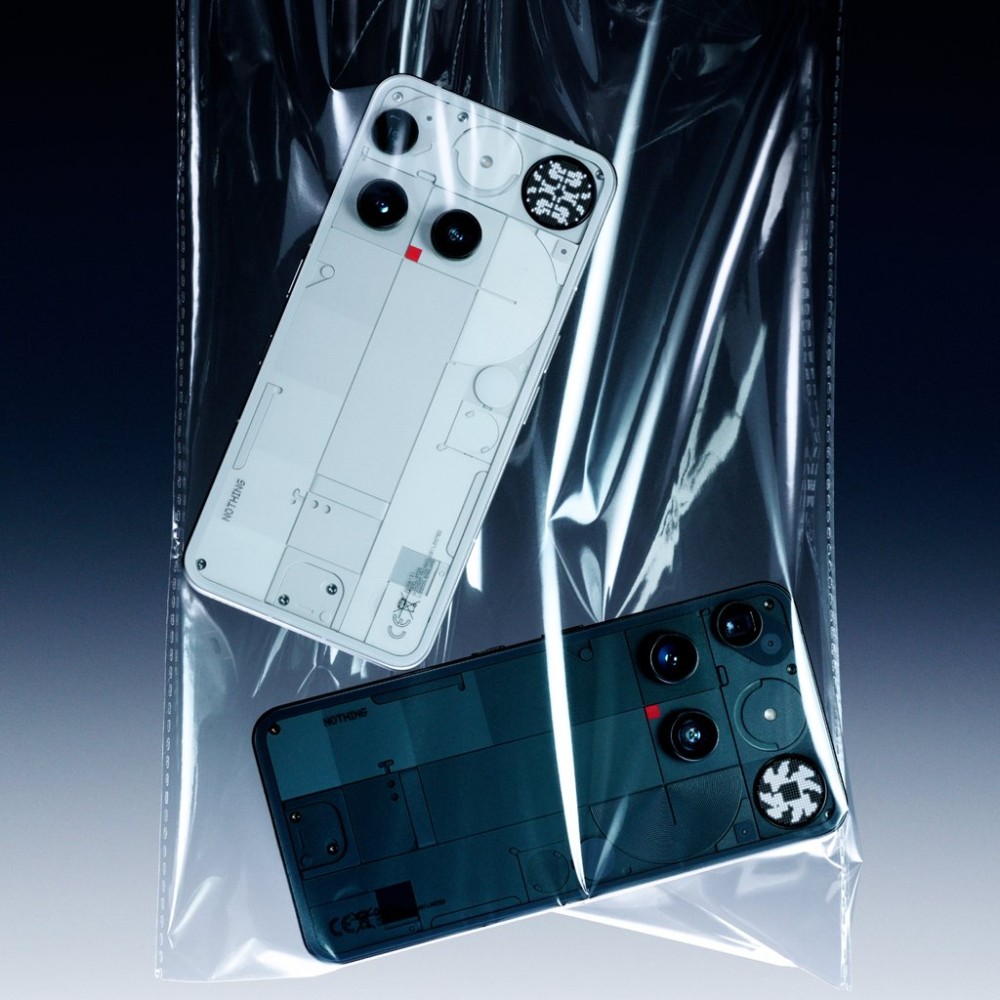
Display :
6.67-inch 120Hz OLED, Gorilla Glass 7i, 1,600 nits max
OS :
Nothing OS 3.5 based on Android 15
Chipset :
Qualcomm Snapdragon 8s Gen 4, Adreno 825, 4nm node
RAM :
12GB/16GB
Storage :
256GB/512GB UFS 4.0
Rear camera 1 :
50MP f/1.7 OmniVision OV50H, OIS
Rear camera 2 :
50MP f/2.7 ISOCELL JN5, 3x optical zoom, OIS
Rear camera 3 :
50MP f/2.2 ISOCELL JN1 wide-angle
Front camera :
50MP ISOCELL JN1, 4K60 video
Ingress protection :
IP68 dust and water resistance
Connectivity:
Wi-Fi 7, Bluetooth 6.0, NFC, Dual-band GPS, AptX HD
Security :
Optical fingerprint sensor
Audio:
USB-C, stereo sound
Battery :
5,150mAh silicon-carbon battery (5,500mAh in India), 65W USB PD charging, 15W wireless charging
Dimensions :
160.6 × 75.6 × 9mm, 218g
Colors :
White, Black
UNBOXING
Here’s the unboxing video :
The Nothing Phone 3 comes in a square box with a silkscreened photo of the rear cameras and the Matrix Glyph, and on the other side, the Nothing logo and a sticker with the IMEIs and specifications. The opening of the box is like I’ve seen on many tech products lately: a tab that you pull and release the box. I like this system because it doesn’t destroy the box, which did happen with the Nothing Phone 1, which ended up broken
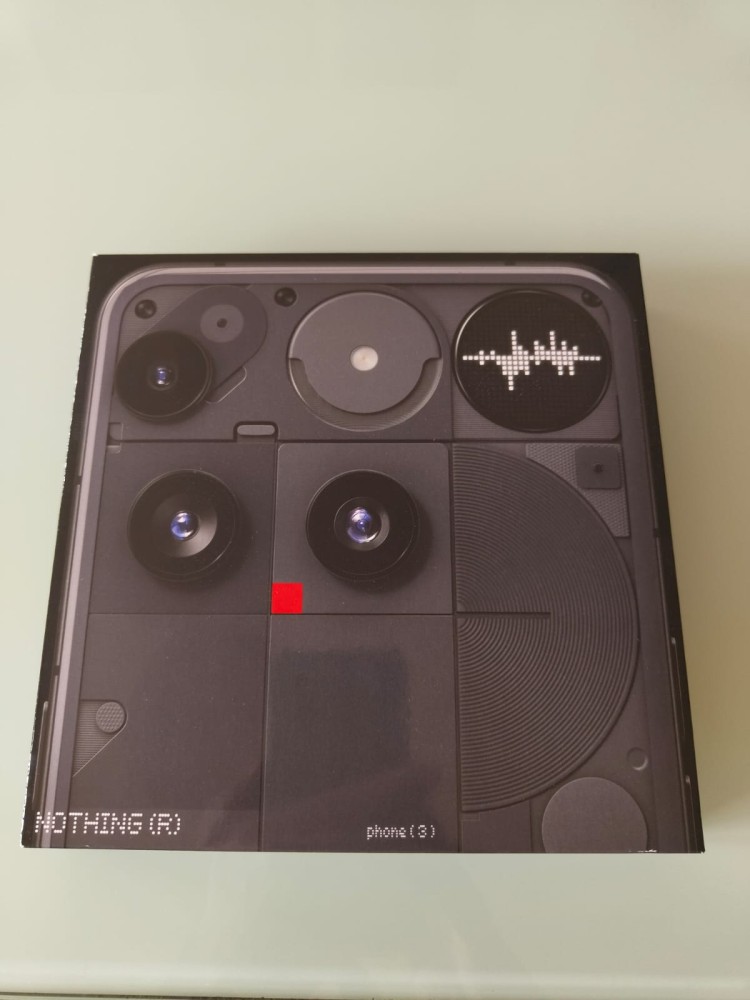

As you can see, the contents are as follows:
1 Box
2 Nothing Phone
3 3 USB-C data cable
4 SIM ejector pin
5 Transparent silicone case NP3
6 Instructions/Guide) Warranty/Energy Rating

DESIGN
As you can see, this Nothing Phone 3 retains its transparent rear design, revealing some of its components. The glass is Gorilla Glass Victus, allowing you to see the somewhat geometric design with grids and circles.
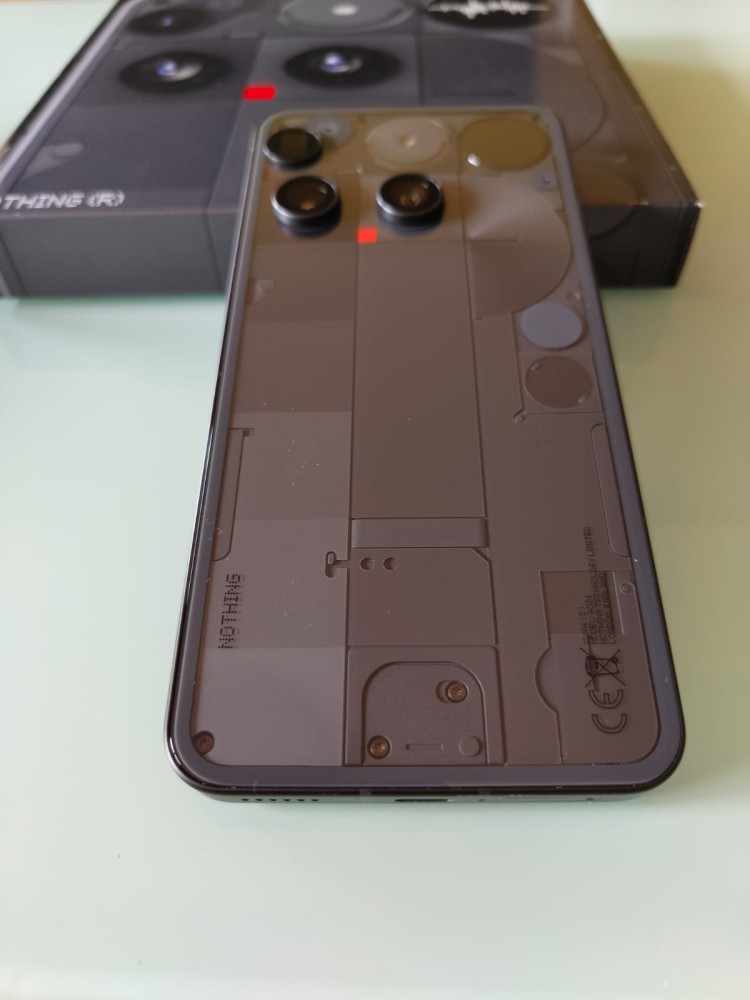
We also see the three rear cameras, two of them aligned and the other completely off-center, which, to me, gives it a different touch and is unlike any other smartphone we’ve seen before.
We can also see the Matrix Glyph display module and its action button. I’ll tell you more about its functions later.
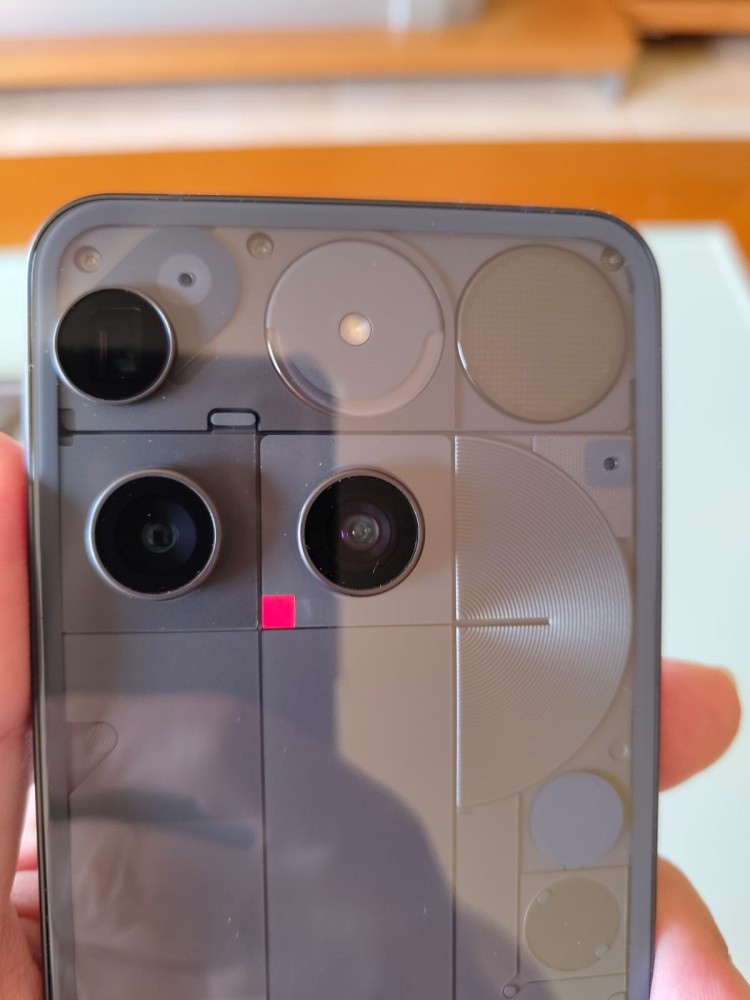
Now, we move on to the aluminum frame that surrounds the entire device, adding distinction and quality.

The Nothing Phone 3 measures 160.6 × 75.6 × 8.99 mm, and it weighs 218 grams. It’s slightly larger and heavier than the Nothing Phone 1, about 2 mm longer and 24 grams heavier.
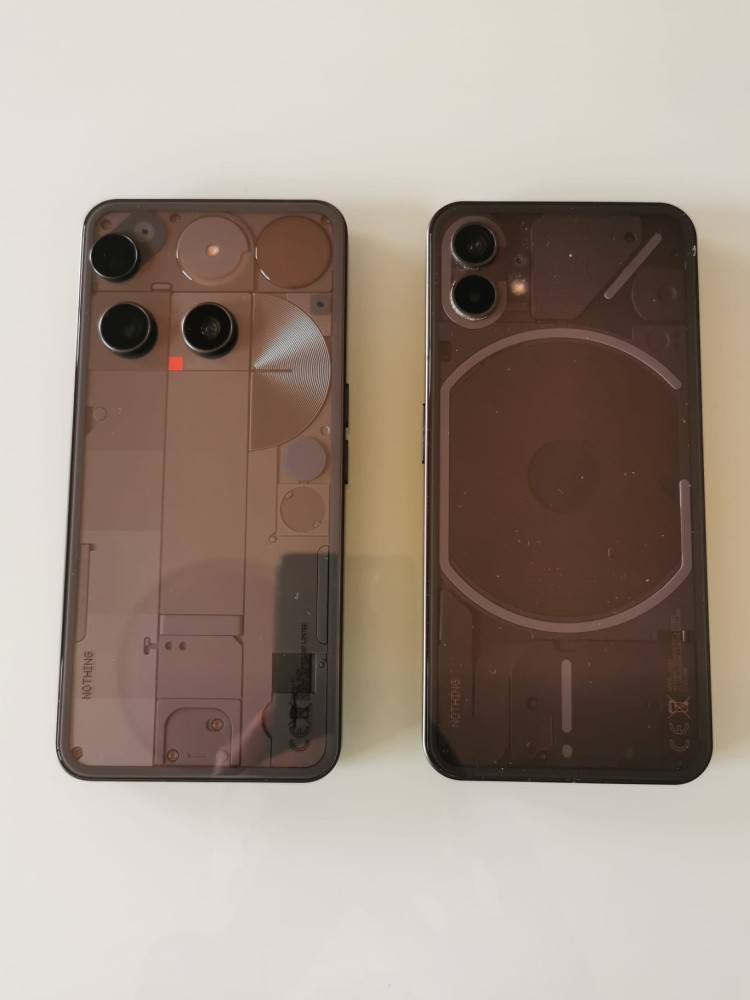
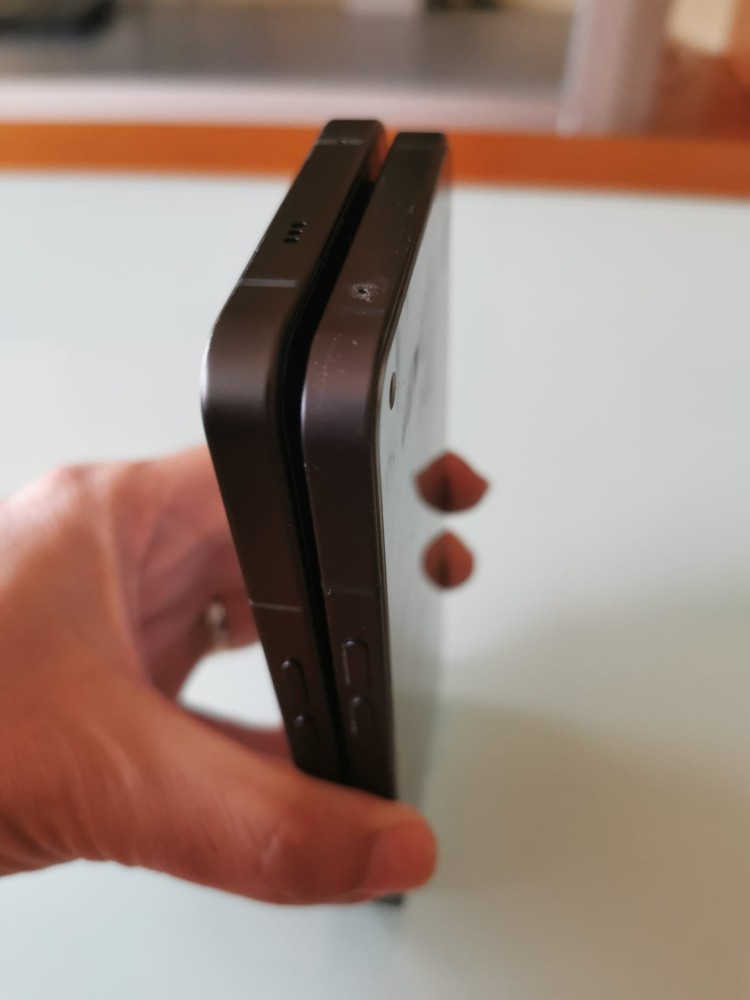
Moving on to the sides, we have the volume up/down buttons on the left, and the unlock/power button

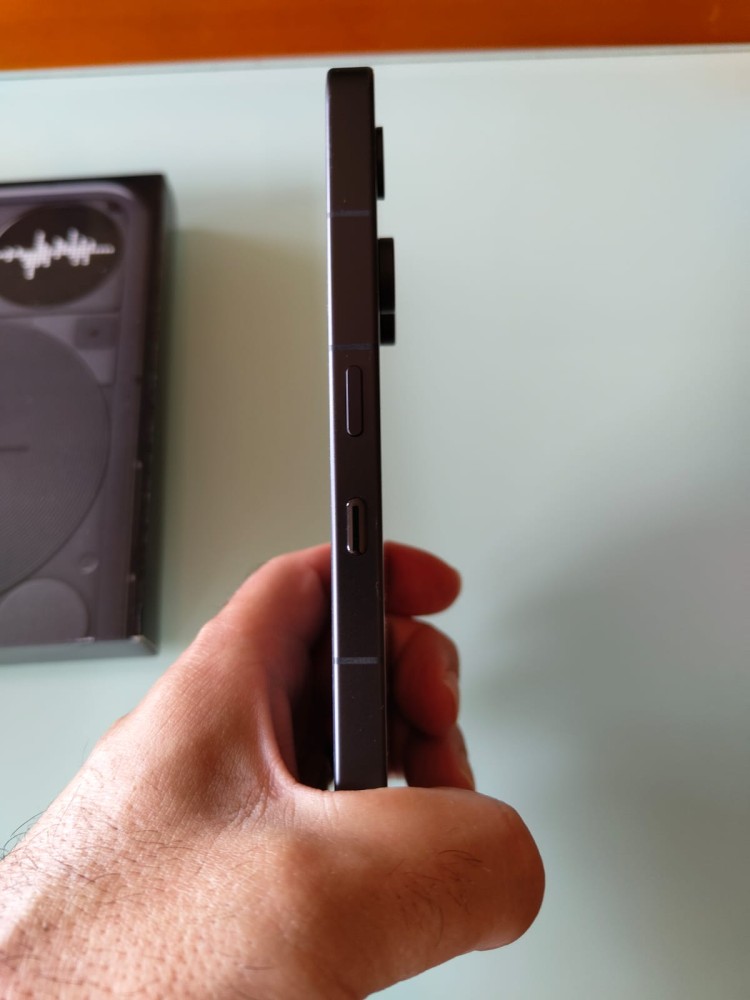
on the right, as well as another button called the Essential Space Key. I’ll explain what this button is and what it’s for later.
On the top edge, we barely find a speaker, and at the bottom, we can see the USB-C charging port, the SIM card tray, a microphone, and a speaker.
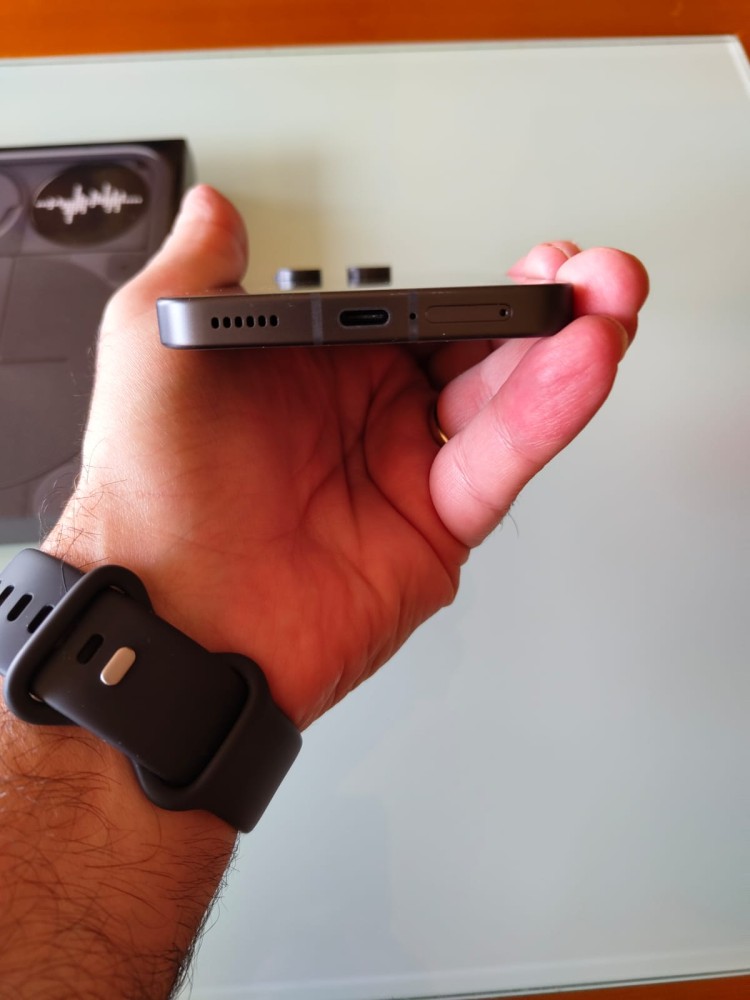
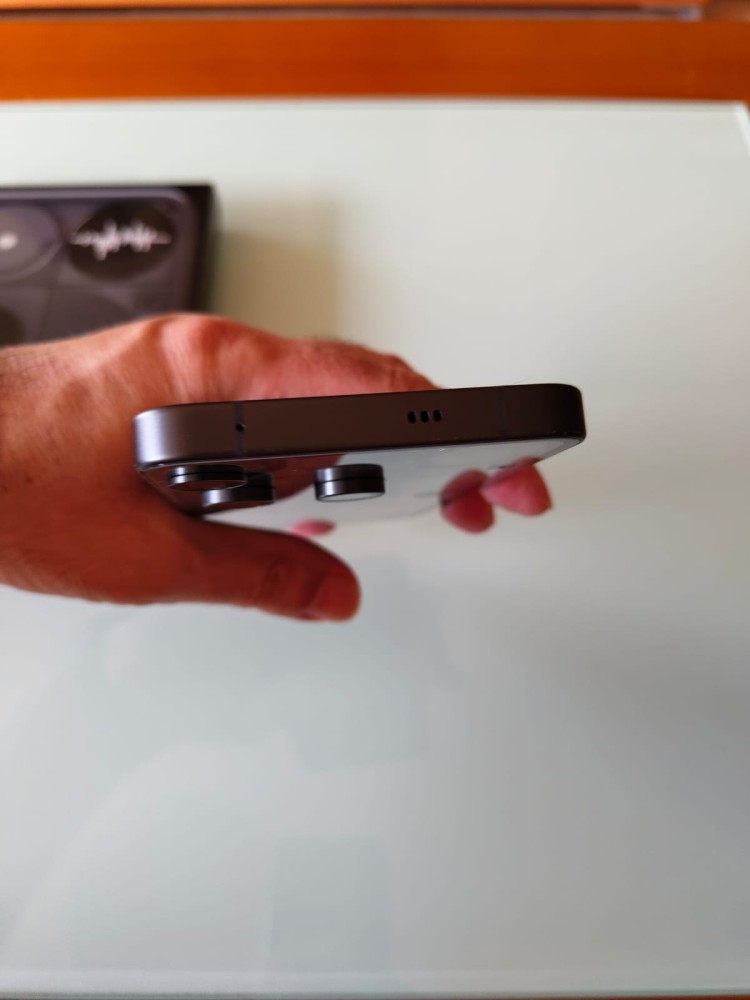
Finally, on the front, we can see the selfie camera and the 6.67-inch flexible AMOLED display that features a hidden under-screen fingerprint scanner. With a resolution of 1200×2000 pixels and a brightness of up to 4500 nits in HDR, the refresh rate reaches up to 120Hz, allowing us to play any game, perform any task, or browse fluidly. This display features PWM technology with 2160Hz to combat eye fatigue and also 1000Hz touch sampling. With HDR 10 Plus support, it highlights deep blacks and offers superior colors and sharpness in any lighting situation.
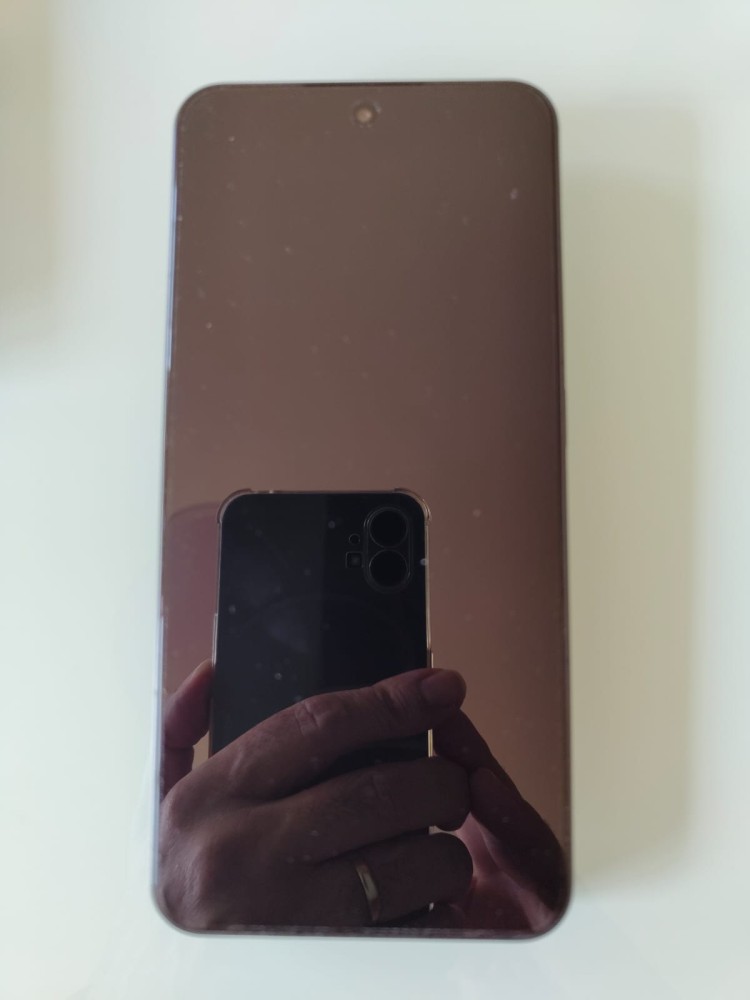
HARDWARE
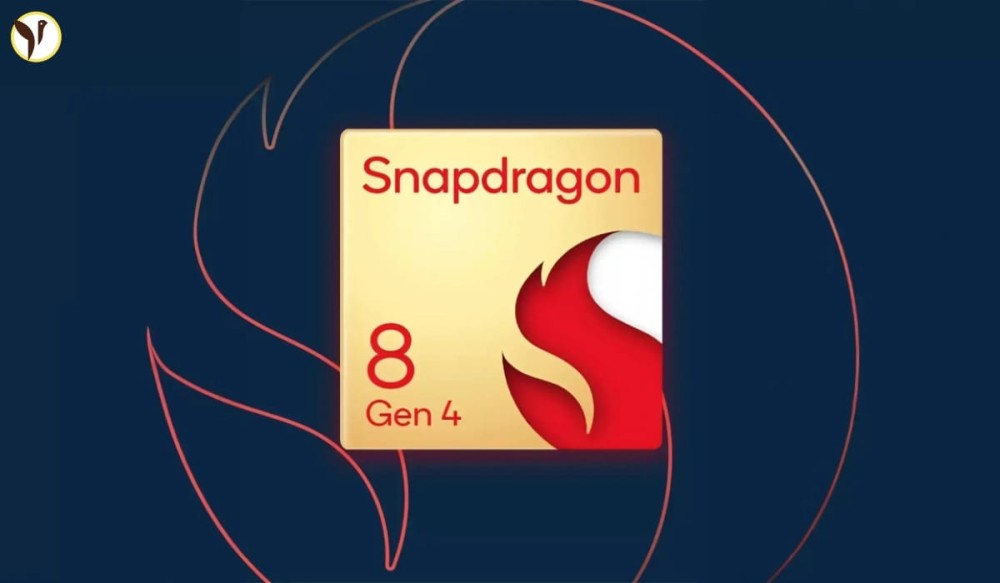
The Nothing Phone 3 uses the Qualcomm Snapdragon 8S 4th Gen processor with 4nm technology. This, combined with its Adreno 825 GPU and 16GB of RAM, offers unparalleled performance in demanding applications.
Compared to the Nothing Phone 1 and its processor, there is a noticeable improvement (36% CPU performance / 88% graphics power), which means smoother gaming and faster app responsiveness.
I left you a game video to check one demanding game like XCar Street. Normally I don’t play games in phones but I wanted to share the video for those are interested in performance and graphics.
As for Antutu performance, here are the results.

They aren’t bad, but they don’t compete with current top-of-the-range smartphones.
CAMERAS
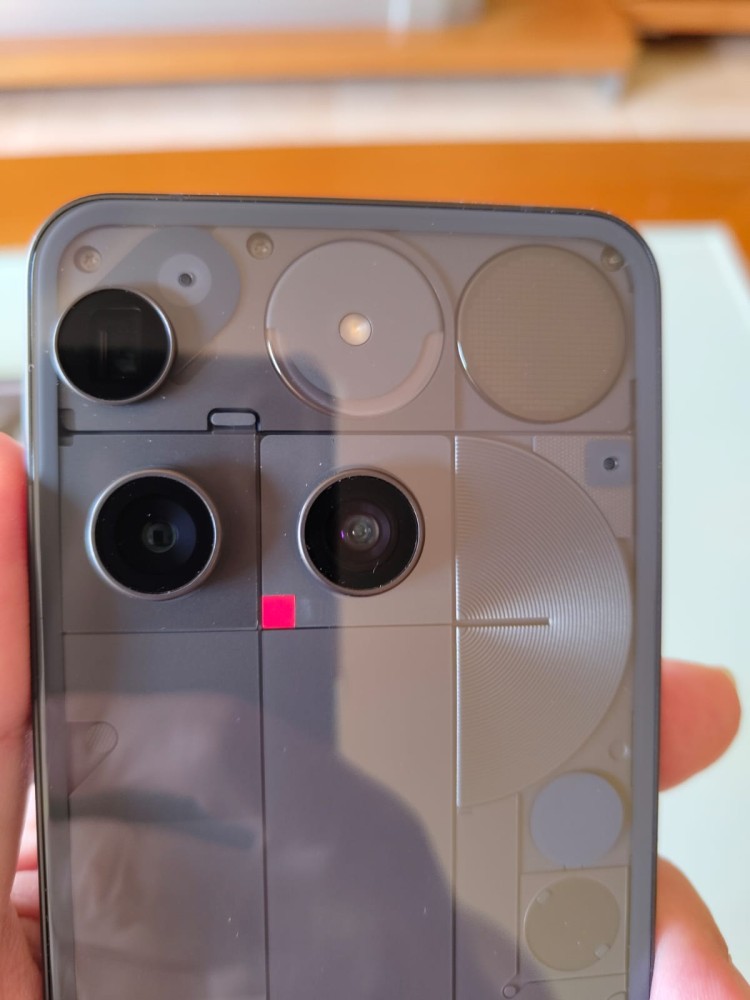
The rear camera module features three 50MP cameras, allowing you to enjoy a magnificent photographic experience. The 1/1.3″ main sensor with F/1.68 aperture has OIS/EIS stabilization and a 2x zoom that allows us to take snapshots with incredible quality even in low light, reducing noise and offering greater definition.
The wide-angle sensor with F/2.2 aperture and 114 degrees of view allows us to take snapshots with extraordinary breadth and sharpness. And the periscope sensor with 3x optical zoom and 60x digital zoom with optical stabilization allows us to get closer to distant details in any scenario.
Some example images :
Main camera

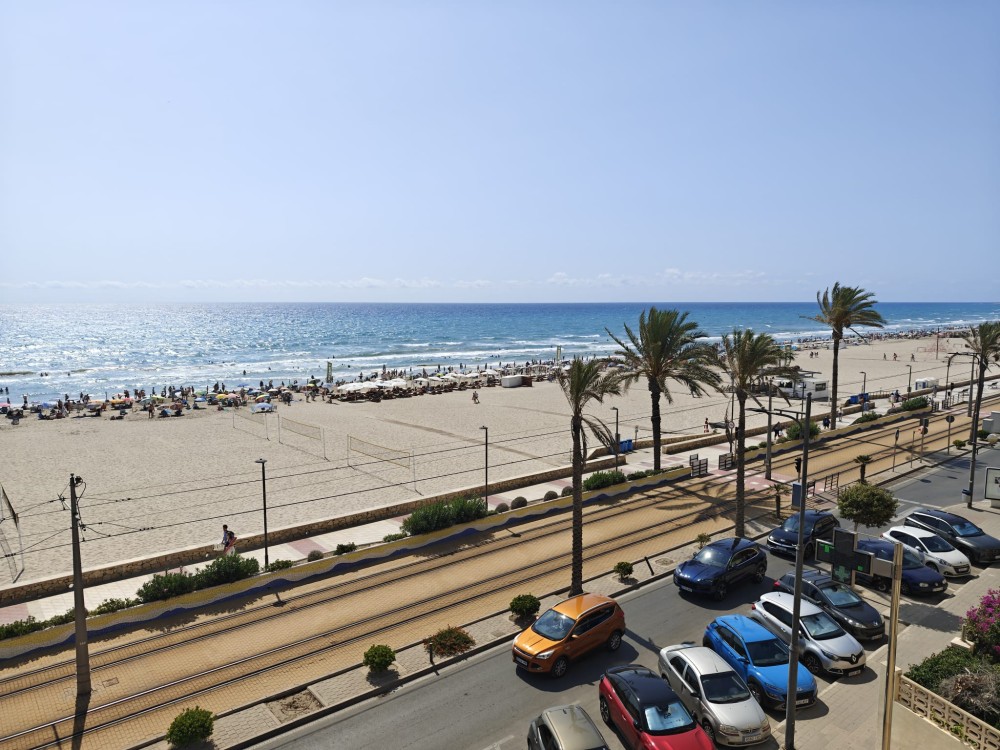




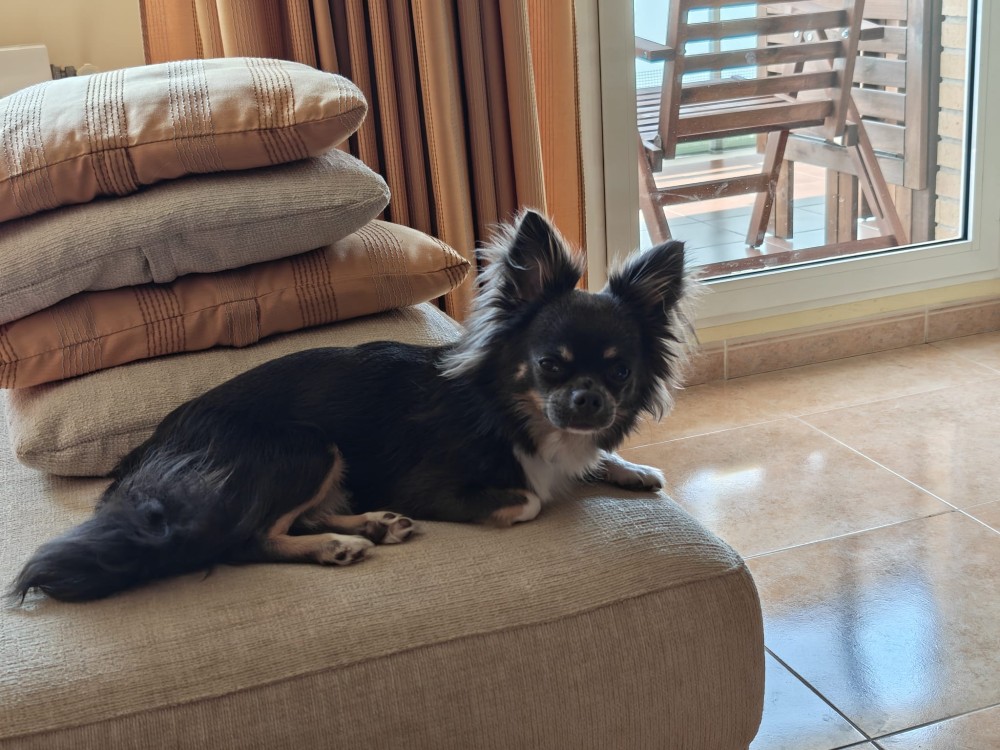
Wide Angle
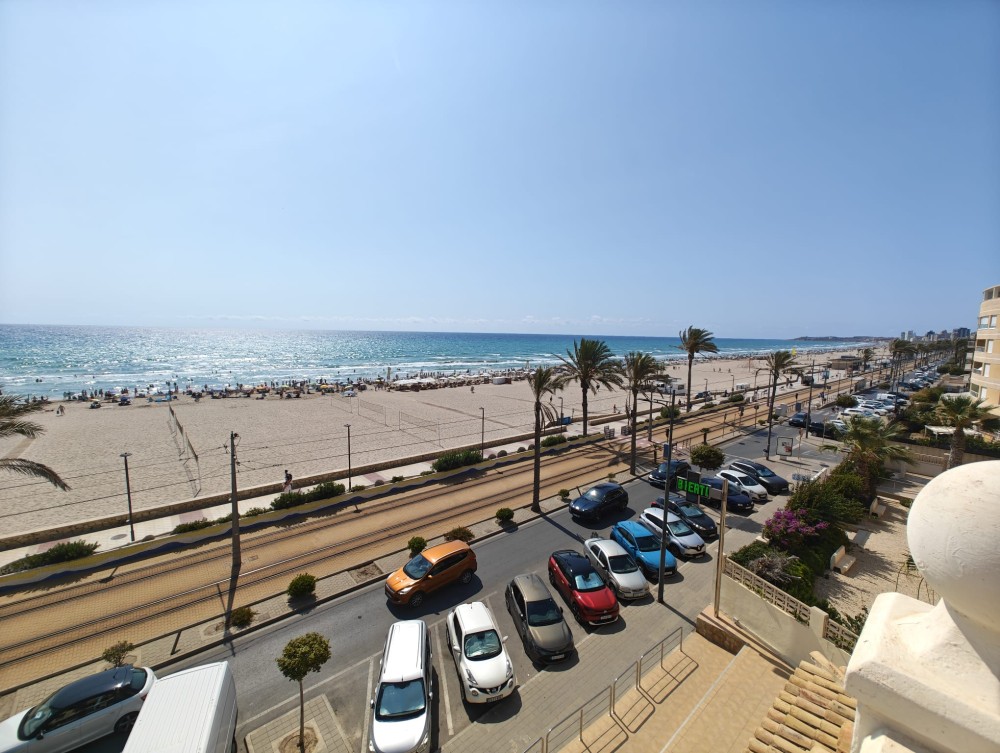
Panorama

Macro mode




Night mode
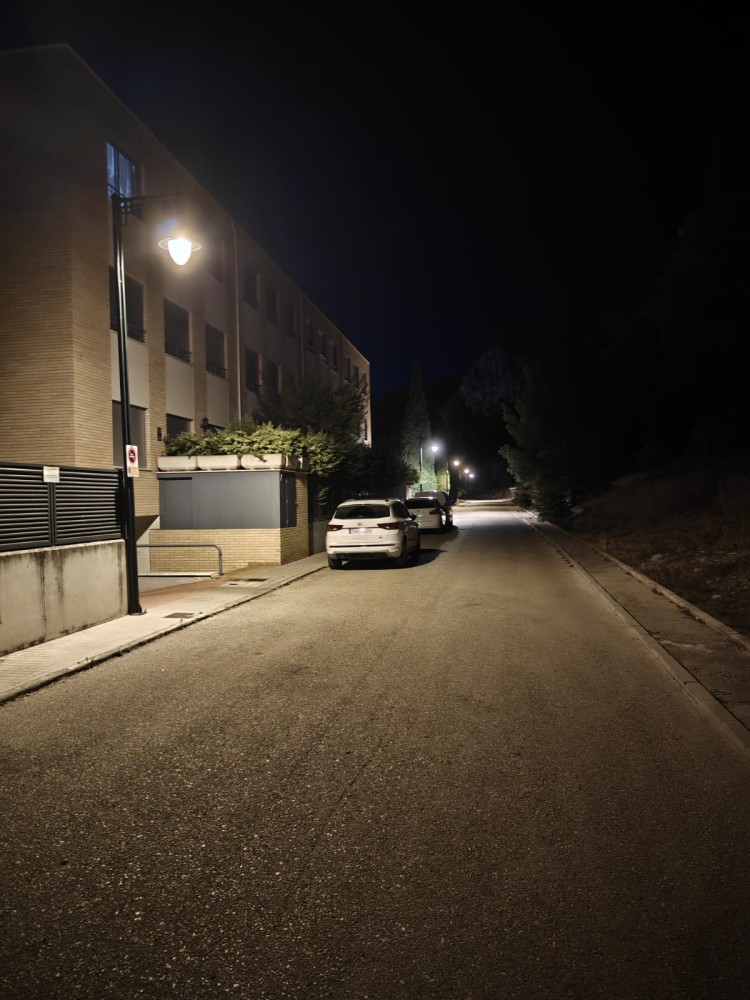
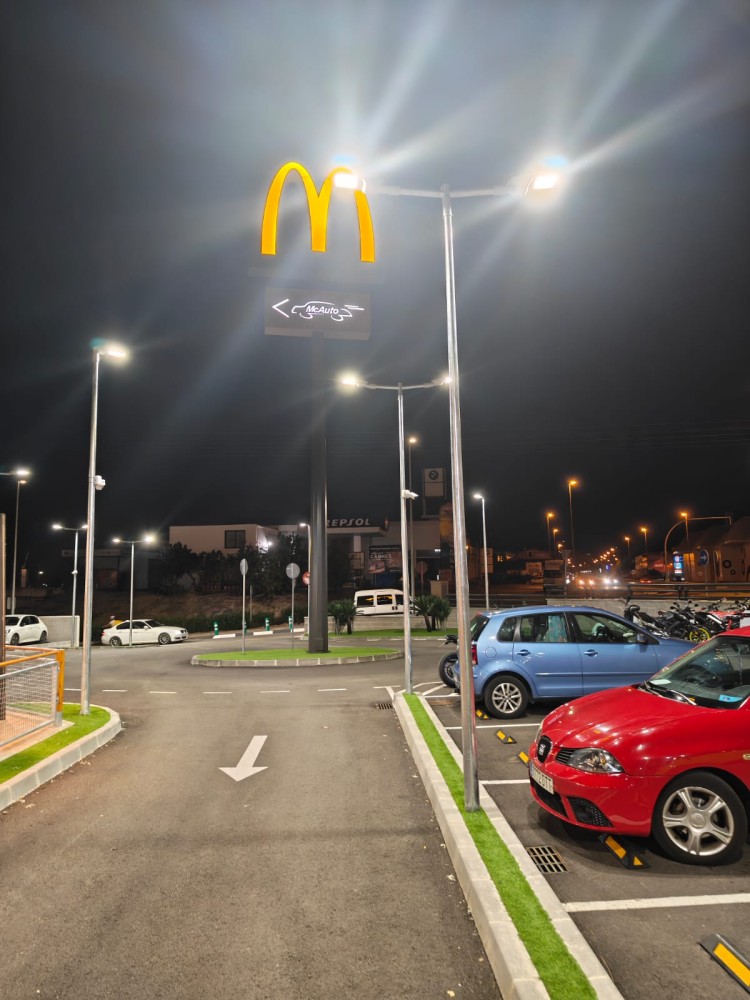

Zomm x1 ×2 ×3 ×6 ×60











As for recording with the video camera, it records at 4K and 60 Fps and Ultra XDR mode, allowing you to capture videos as if it were a movie camera.
As an anecdote, I leave you this video of the back where the red square lights up when you are recording a video.
Finally, the 50MP front or selfie camera, also like the other 3, offers 4K video resolution and electronic stabilization. I think it’s perfect for people like YouTubers or influencers who use the camera a lot. Front-facing camera to record videos and upload them to social media.

Finally, my verdict on the cameras is that they seem to be of professional quality and allow us to capture high-quality snapshots and recordings.
SOFTWARE
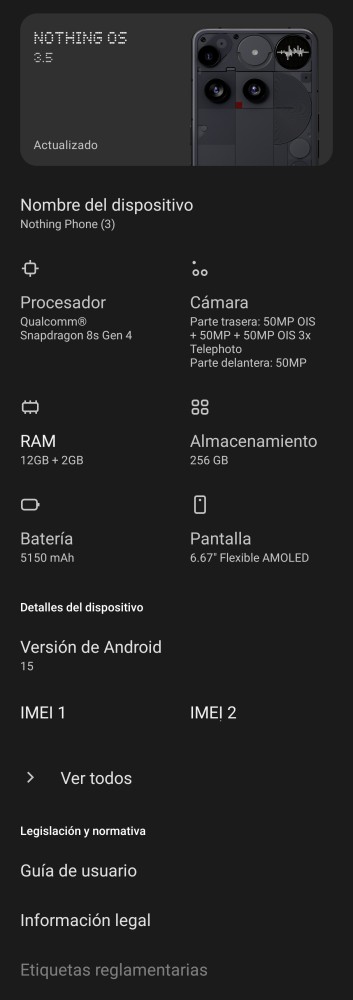
The Nothing Phone 3’s operating system is Nothing OS 3.5 based on Android 15.
What I like most is that it’s simple, fluid, and includes AI features (smart toolkit) that improve our user experience. I think it’s great that it comes without bloatware and that the user experience is clean. The Nothing Phone 3 will receive five years of operating system updates and seven years of security patches. By the way, as soon as I turned on the phone, I received a system update.
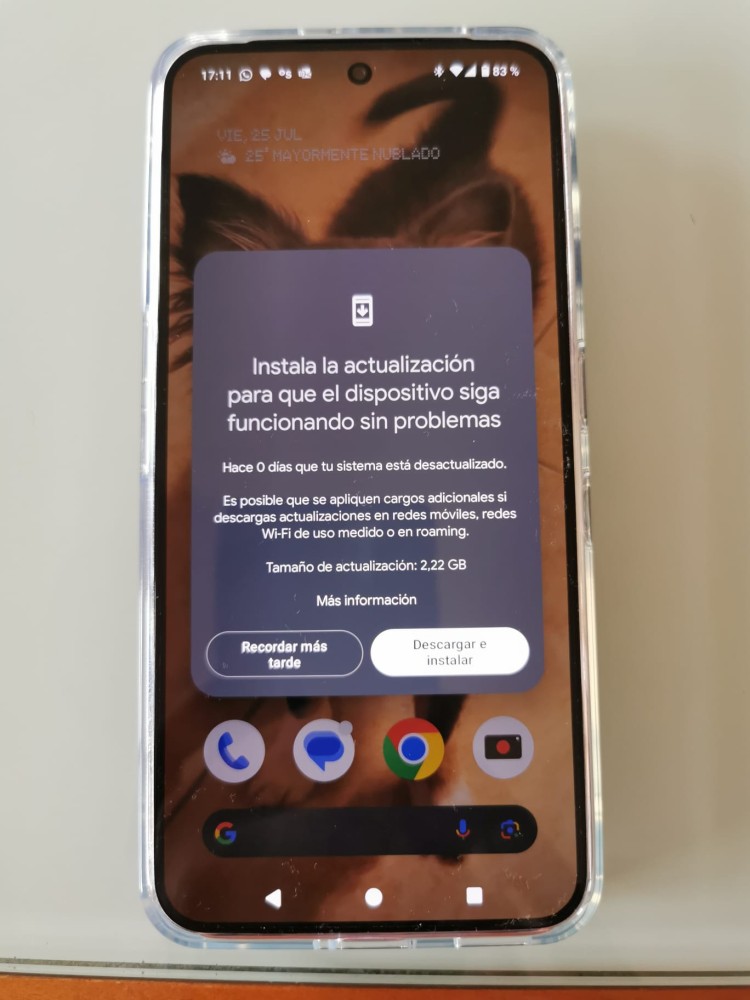

ESENTIAL SPACE KEY
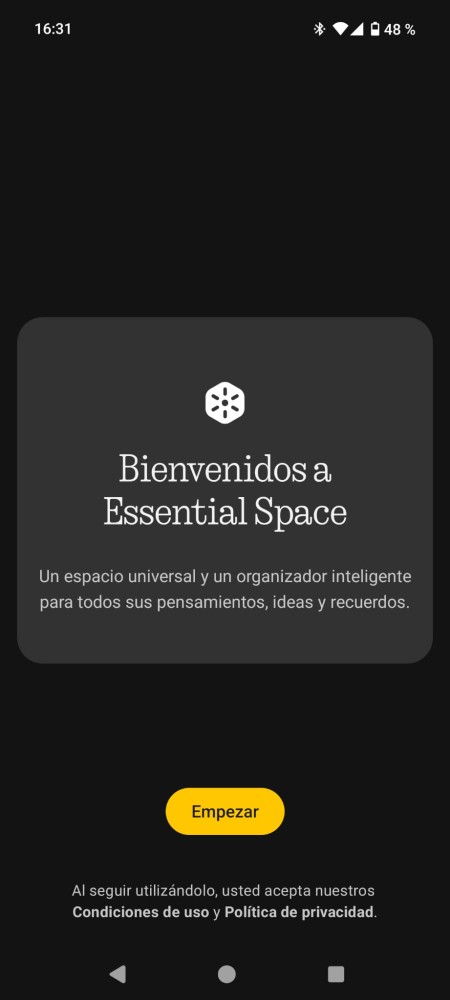
As I mentioned earlier, on the right side, we have the Essential Space button. It’s located a little below the power button, and sometimes we make a mistake and press one or vice versa when we mean to press the other. Once pressed, we access a sort of second memory, and this allows us to record, transcribe, manage notes, and even take images with AI. It lets us capture screens and images with a short press, automatically record or transcribe voice with a press of more than ⅔ seconds, and we can access the stored content with a double press.

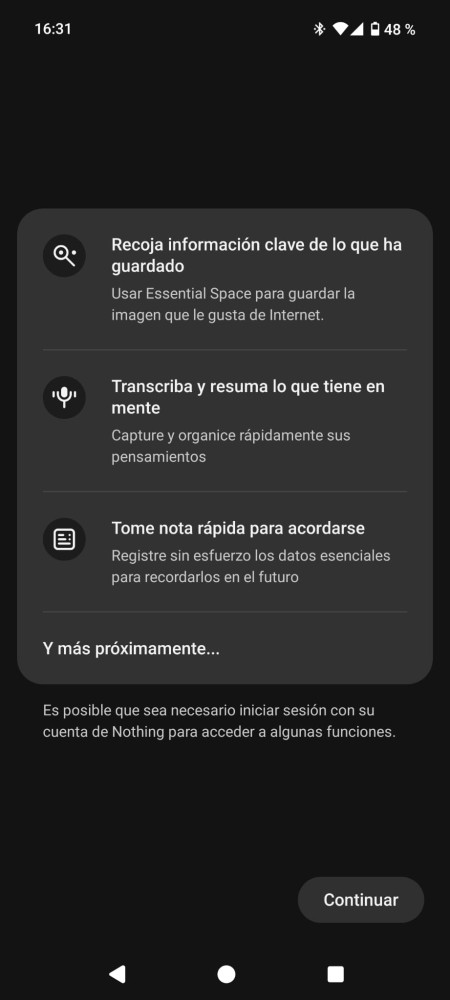
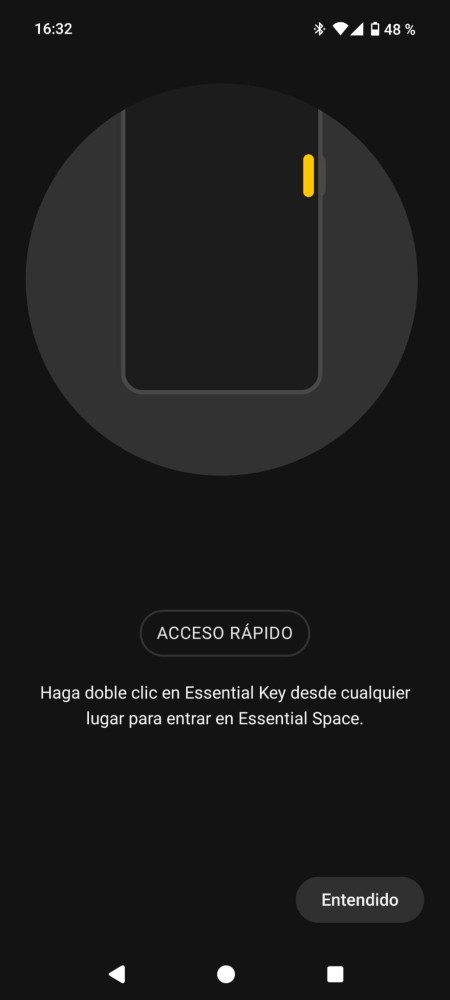
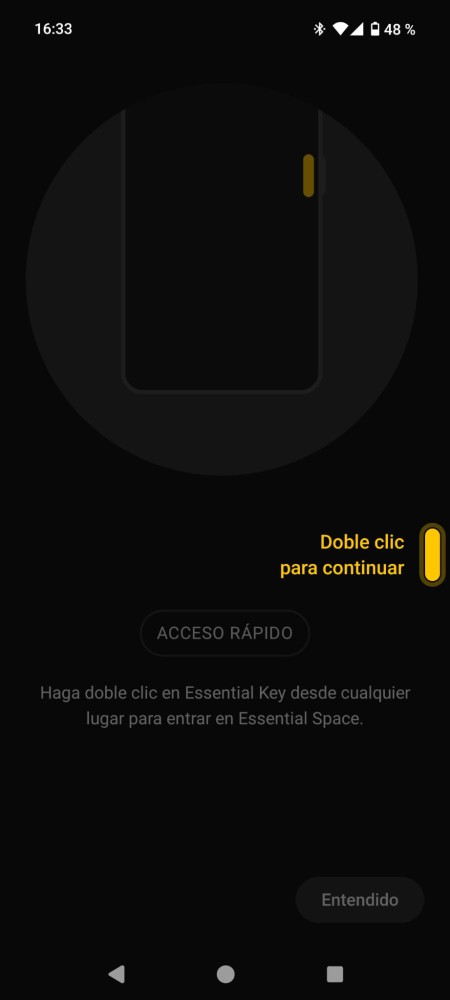
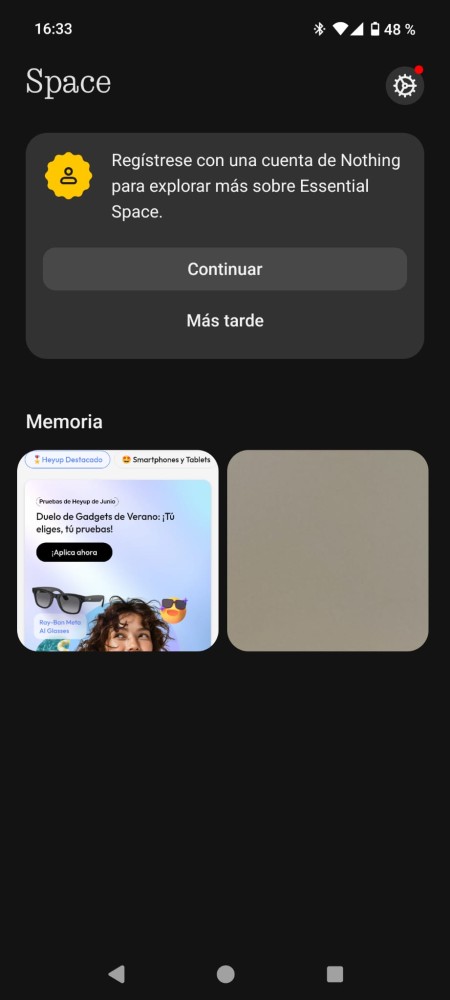
GLYPH MATRIX
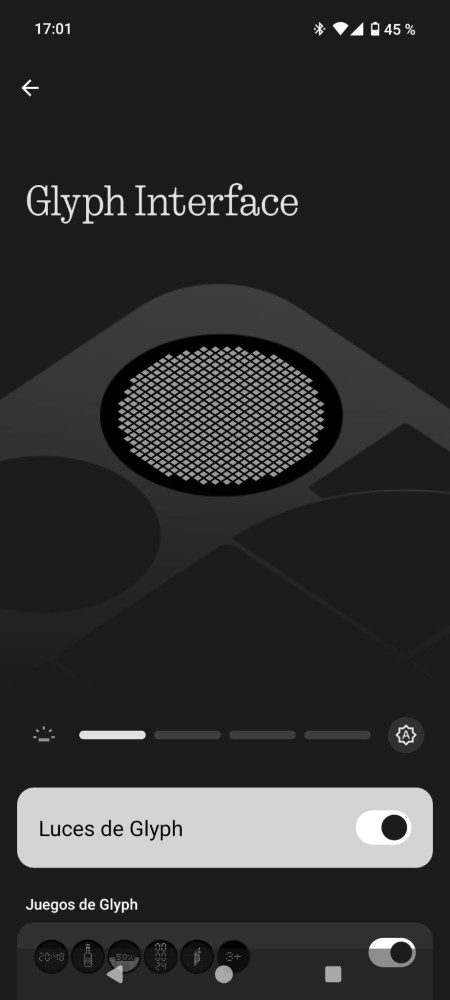
One of the biggest changes to the Nothing Phone 3 is the disappearance of the rear LED lights, better known as the Glyph interface, giving way to the Glyph Matrix.
A circular interface (screen) with 489 micro LEDs that even allows you to play games (bottle, rock, paper, scissors), receive notifications, check the time, check the battery status, and take selfies (Glyph Mirror).
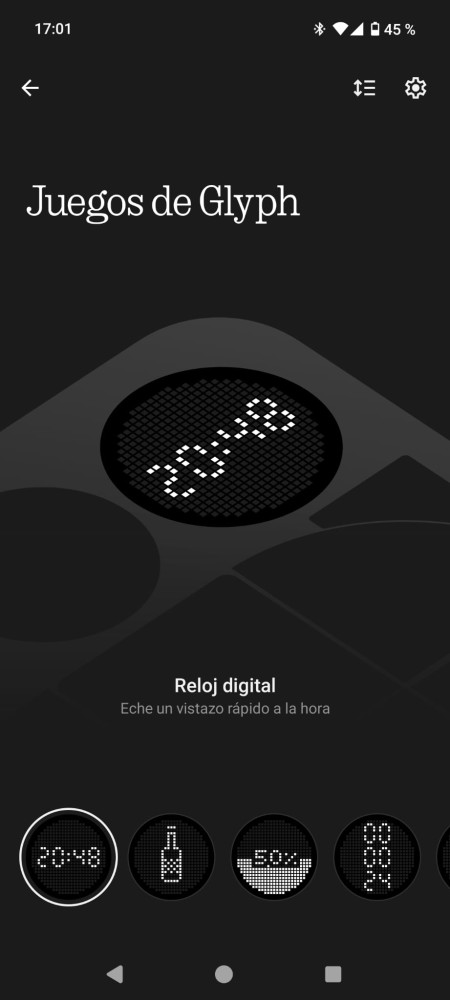
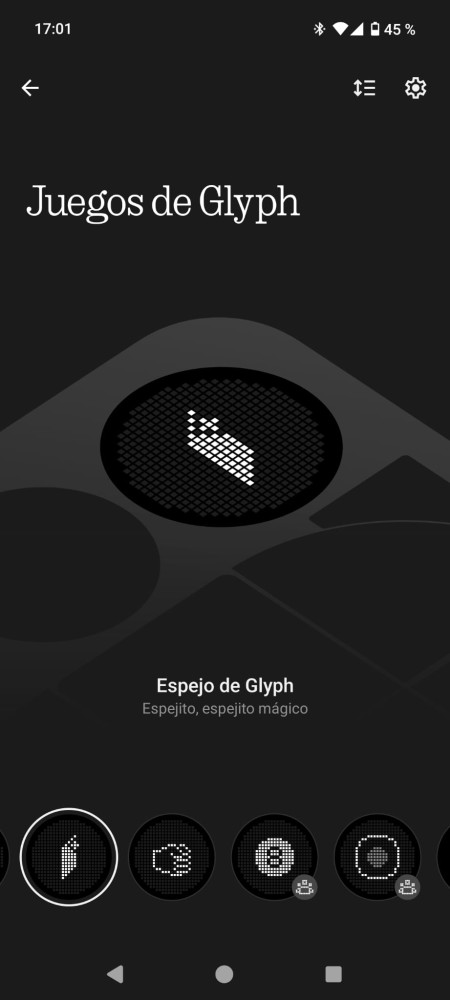
We have a button on the back, as I mentioned earlier, that controls this Glyph Matrix. A short press cycles through the options, and once the game or action is selected, a long press activates it.
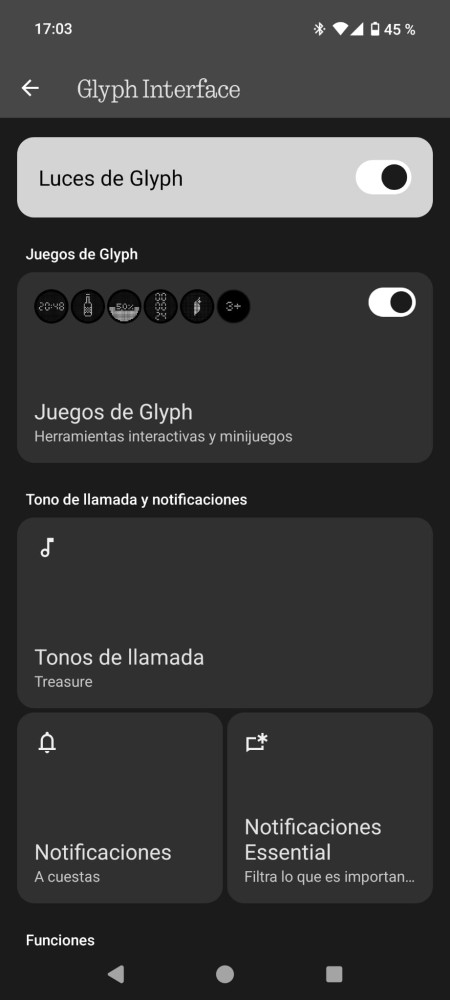
Perhaps this system, along with the camera module, is what has caused the most controversy among Nothing fans, as many of them miss the LED lights they had on previous models or the slightly larger Glyph Matrix. Whether you like this new system or not depends on whether you use your phone for work or leisure and leave it face down for silent notifications and keep an eye on them.
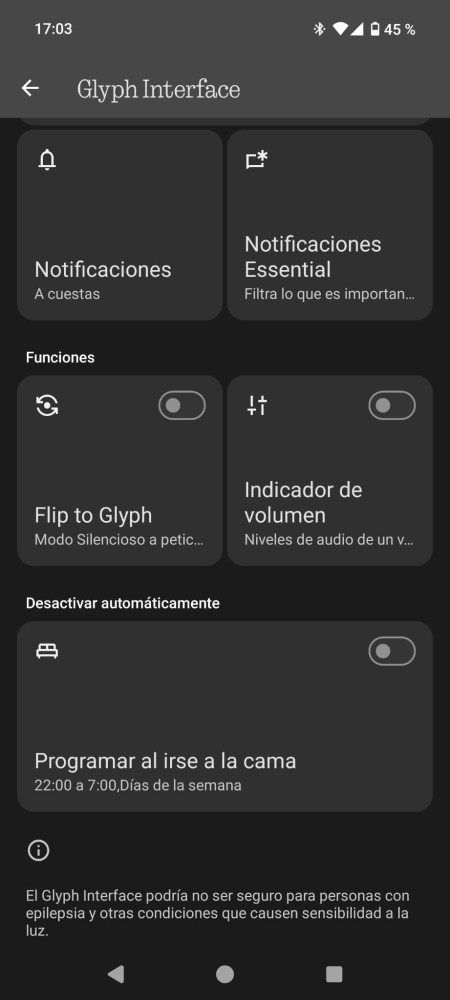
SUMMARY
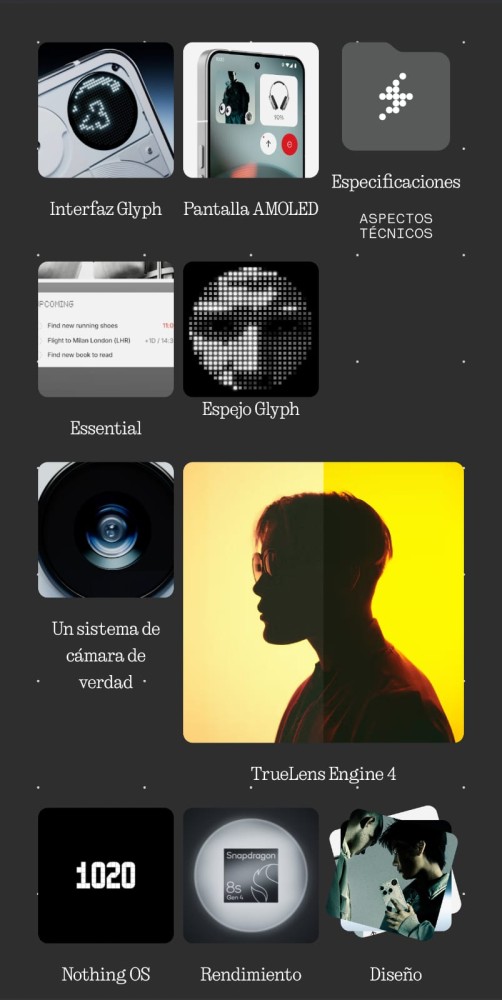
The Nothing Phone 3 is the brand’s first flagship and offers exceptional performance with its Qualcomm Snapdragon 8s Gen 4 processor, a brutally long battery life with its 5150mAh battery, and its special features, making it an innovative device both in terms of design and the brand’s evolution compared to previous models.
For me, it has its charm; its positioning of the camera module, unprecedented in any phone, and the new Glyph Matrix make it a model to consider compared to other flagships from other brands.
Pros
Design
50MP cameras
5150mAh battery life
Bloatware-free OS
Glyph Matrix
Cons
No Glyph Lights
My final grade (4.8 / 5) I think Nothing has improved its phone with an attractive design and more special features, but I think it’s missing its iconic lighting glyph.